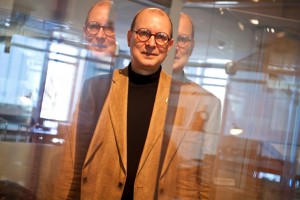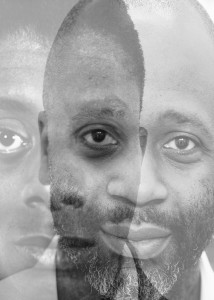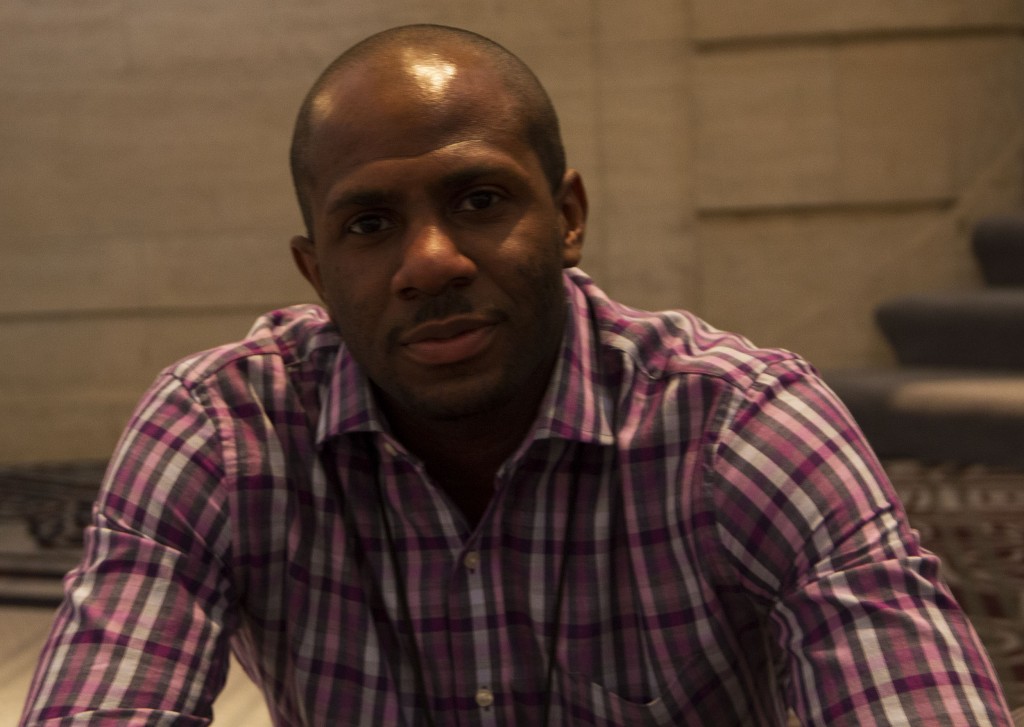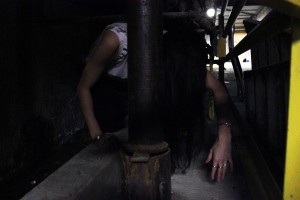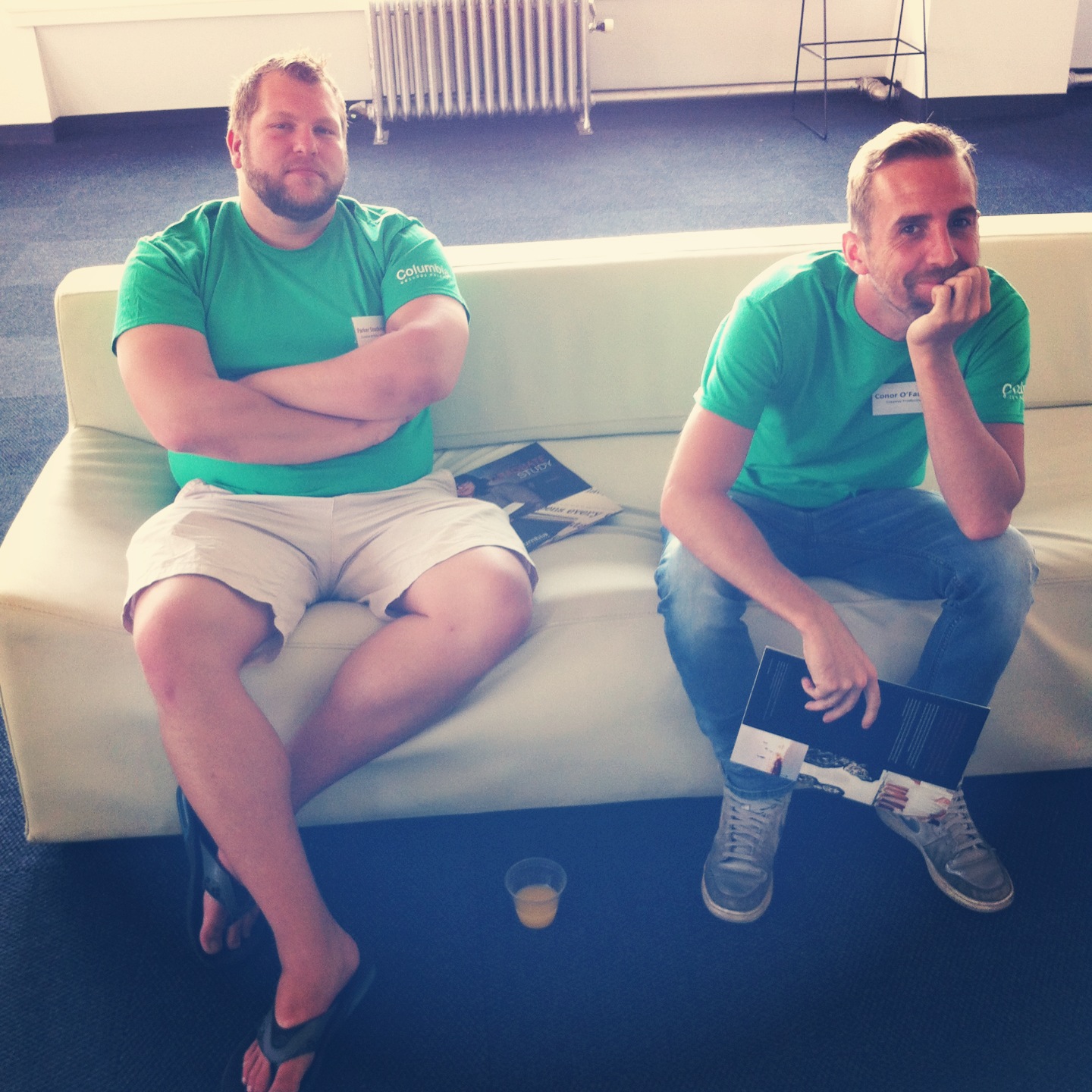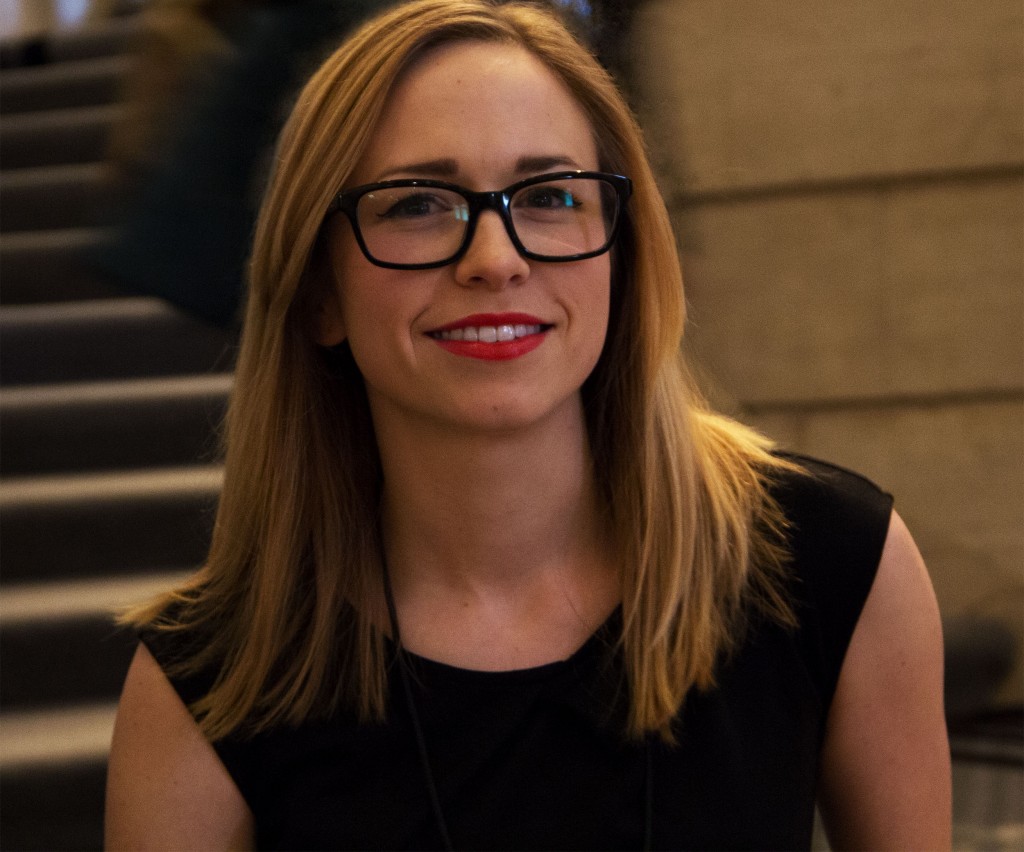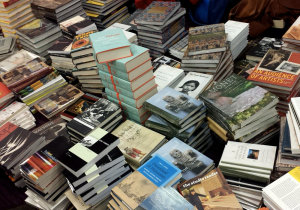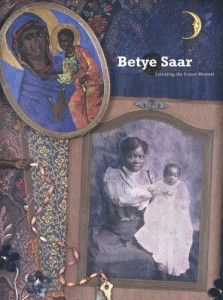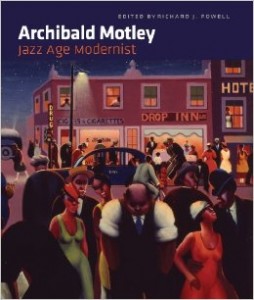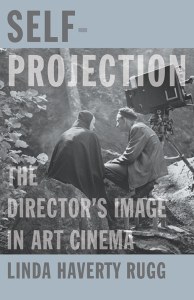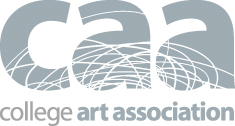On DAY TWO: I spent the morning at Music & Visual Culture: Assessing the State of the Field and the afternoon swamped in writing for the blog. Thankfully, I had just enough time to catch the Q&A portion of Objects, Objectives, Objections: The Goals and Limits of the New Materialisms in Art History.
I am so glad I made it. The room was packed. Everyone in the audience had eyes locked on the panelists; the papers must have been thrilling. I caught the end of Michael Schreyach‘s excellent paper, titled New Materialism’s Renunciation of Meaning. As best I could tell, Schreyach’s essay critiques the methods used to locate meaning and to generate value. What bad luck to have missed the entire paper! (I have since bought the recording). As Schreyach finished, moderator Ben Tilghman opened the room to questions. The audience had many.
And one question struck right to the heart of the matter:Q: Does any interest you may have in a thing as an artwork necessarily exhaust your interest in it?
The panel needed to hear it asked once more…
Q: Does any interest you may have in a thing as an artwork necessarily exhaust your interest in it?
On DAY TWO: I spent the morning at Music & Visual Culture: Assessing the State of the Field and the afternoon swamped in writing for the blog. Thankfully, I had just enough …

